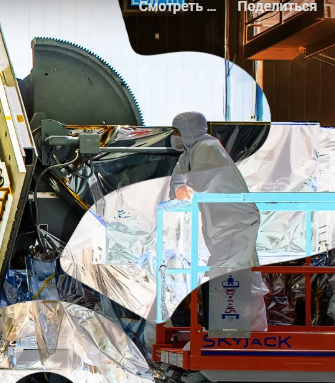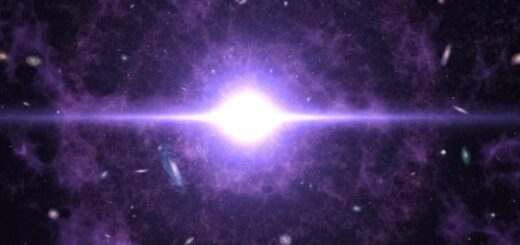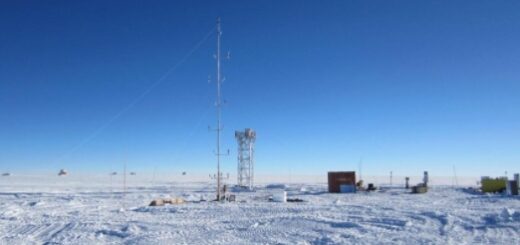Peering Into the Heart of the James Webb Space Telescope

For thousands of years our species has gazed at the stars. First we built myths to explain the movements of the heavens. Later, we built technology to examine these events: things like astrolabes, telescopes and the Antikythera mechanism.
And here’s the thing: We’re still building. In just a few years, the James Webb Space Telescope (JWST) will fundamentally change our understanding of the universe. With a massive, 18-section mirror that’s now complete and measuring 21.3 feet (6.5 meters) in diameter, the JWST will allow our species to peer through time, all the way back to the formation of some of the first stars and galaxies.
Full Width
A robotic arm does the honors, fitting the last of the telescope’s 18 mirrors into place on the telescope structure.
NASA/CHRIS GUNN
This telescope is the successor to Hubble, detecting infrared signals from across the observable universe.
Sounds cool, sure. But how does it work?
It all depends on what’s often called the heart of the James Webb: the ISIM, or integrated science instrument module. We traveled to NASA’s Goddard Space Flight Center to get a close-up of ISIM, speak with some of the space agency’s top scientists and explore the future missions of the JWST.
In the above video, we explore the science behind the JWST and the rigorous testing regimen required to ensure these incredibly sensitive instruments survive a trip to space. Check it out.



 Creators of mankind
Creators of mankind Description of “Tall white aliens”
Description of “Tall white aliens” Where they came from?
Where they came from? About hostile civilizations
About hostile civilizations The war for the Earth
The war for the Earth “Tall white aliens” about eternal life
“Tall white aliens” about eternal life Video: “Nordic aliens”
Video: “Nordic aliens” Aliens
Aliens Alien encounters
Alien encounters The aliens base
The aliens base UFO
UFO Technology UFO
Technology UFO Underground civilization
Underground civilization Ancient alien artifacts
Ancient alien artifacts Military and UFO
Military and UFO Mysteries and hypotheses
Mysteries and hypotheses Scientific facts
Scientific facts


















